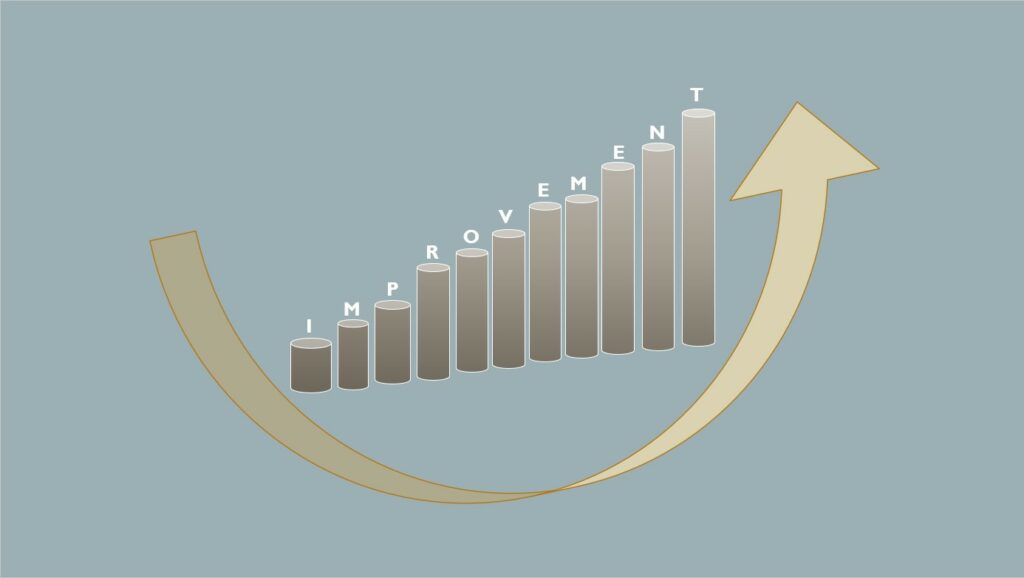Paying for election promises – room for improvement

New Zealand is awash with political promises as the general election looms. There are so many new policies from every party. No problem seems too big to solve right now. How can all those things possibly get done? How can a government do so many new things when budgets are already committed to existing things?
Balancing competing objectives
The same question applies to business strategies. Firms can’t spend lots of time and money on shiny new things if they are spending that time and money on dusty old things. We need to align budgets to strategy. There are two common ways to pay for new things – for both governments and businesses. The first is to use new money. The second is to stop doing things you do now.
A business can find new money by deferring dividends and reinvesting its profits. It can sell assets. It can issue new shares to raise capital. It can borrow. Governments can borrow and sell assets too. They can also raise new taxes.
The second way to fund is to make cuts – to stop doing old things. Businesses can cut less profitable products, close branches and lay off staff. Governments can cut services, reduce subsidies, lay off staff. The NZ Government recently made public sector agencies trim 1-2% from their budgets. Some cuts are inevitable. The problem is that cuts cause pain, make people unhappy and the savings may be short-term.
Continuous improvement – a better way
There is a third way to free up time, money and other resources for new business strategies or new Government policies. It is continuous improvement – the process of making small incremental changes that add up to significant results based on deliberate observation of current processes. Over time, it improves quality of customer experience, reduces waste and increases return on investment.
Continuous improvement (CI) is less sexy than new buildings, huge IT systems and big restructures. We need projects, but projects are not the only way to achieve things. We can improve things incrementally as well and we should do so. CI rarely leads to major cost overruns or embarrassing failures. It can happen in the background all the time. CI is low-cost, builds positive work cultures and has lasting benefits. Internationally, it is a major driver of productivity growth.
The first problem with CI is that it requires consistent effort and teamwork. That would not be a serious issue except for the second problem with CI – there are few bold announcements to make and no major projects to put on a CV for the next executive job. Continuous improvement and a culture of innovation are for people serious about excellence that continues after they are gone.
CI increases quality, provides value for money and creates memorable experiences. Countries like Singapore and the UAE promote, recognise and reward CI, innovation and business excellence. They are also more innovative than New Zealand.
Improve the old things before doing new things
Many businesses operate continuous improvement even if they don’t call it that. They make lots of little adjustments to products, services and experiences. That is why we get surveyed all the time. It is not formally part of the culture of most NZ public sector agencies to continually improve existing services. Many often regard salary and IT expenses as sunk costs, with little or no focus on reducing waste. There are some notable exceptions such as the New Zealand Defence Force. If we improve things and reduce waste systemically we get long-term savings over many services.
Don’t just tax or cut – do things better
All political parties in NZ are presenting new policies. Let’s challenge them to take a sustainable approach to finding the resources for them. Let’s not just tax and cut our way to new public policy. Let’s seek a commitment to long-term continuous improvement of public services – regardless of which colour box we each tick in October.
Phil Guerin, Consultant/Director, Hague Consulting Ltd. © Hague Consulting Ltd 2023
Share this on social media
